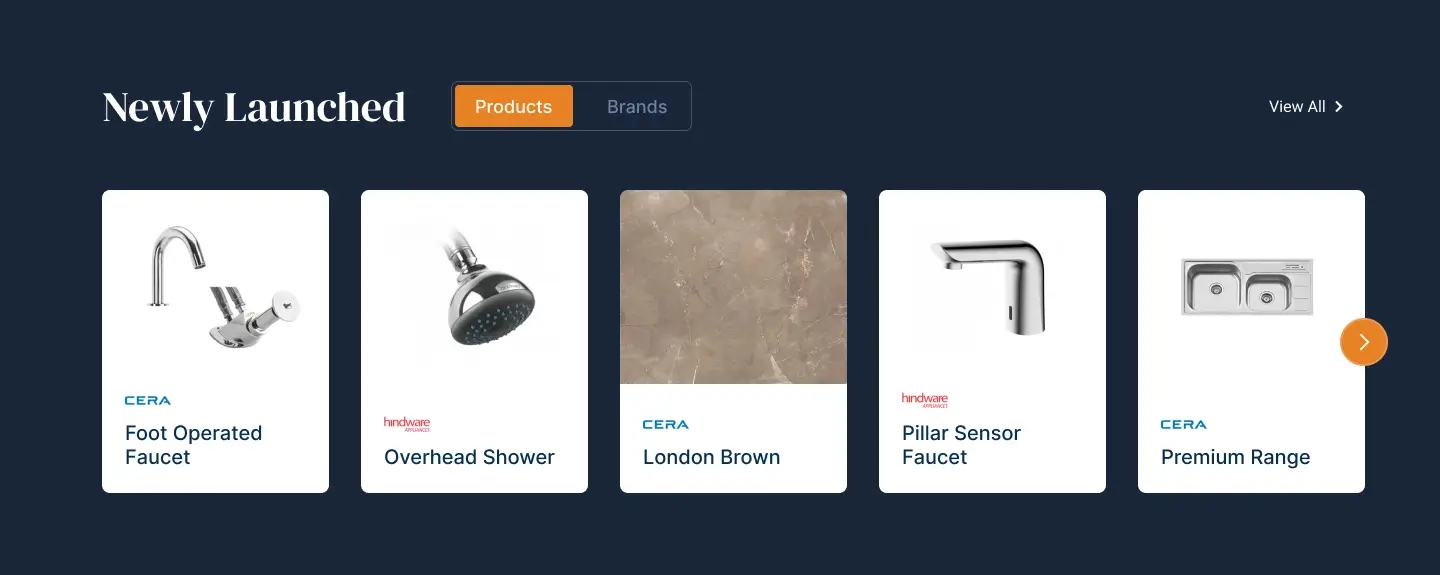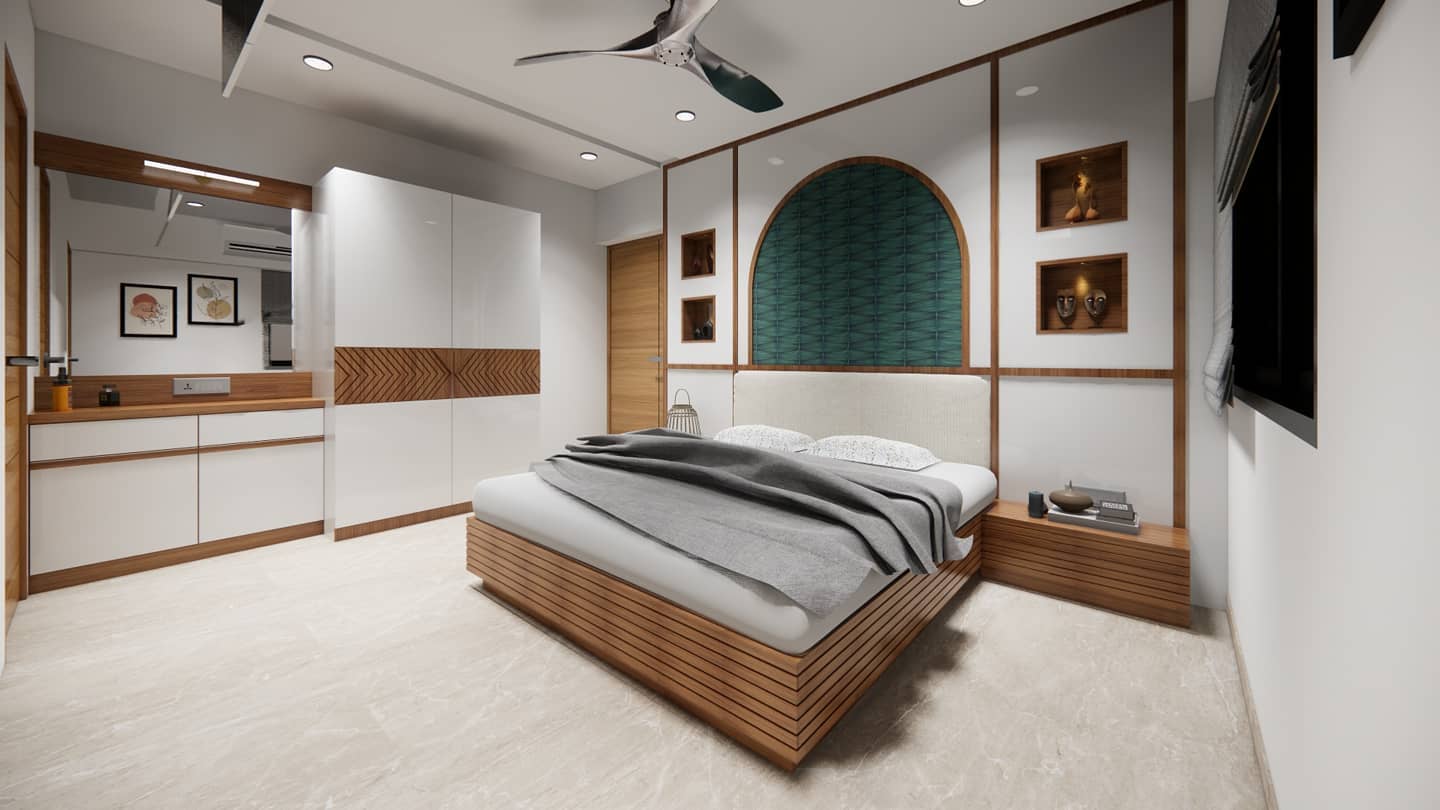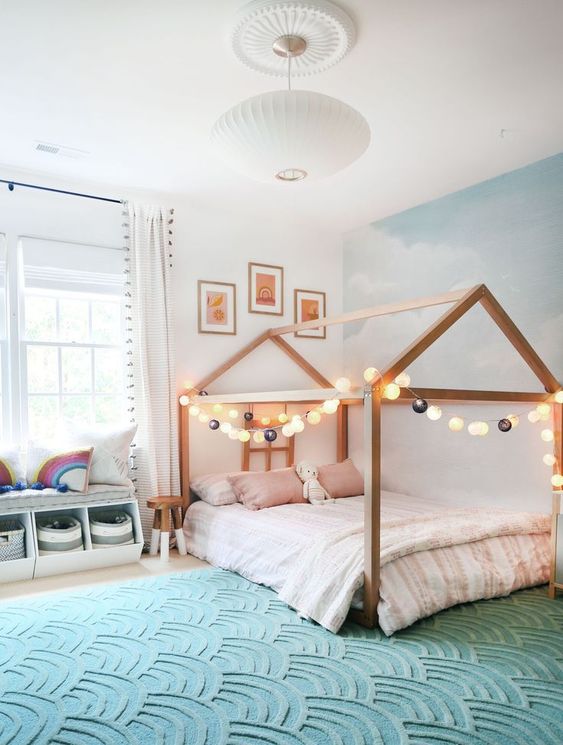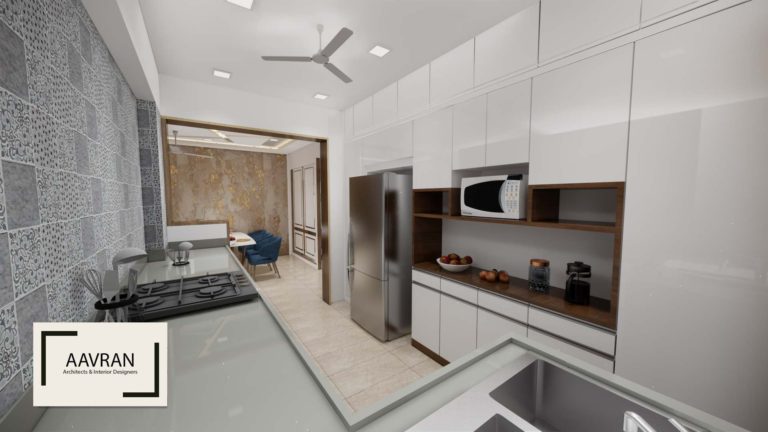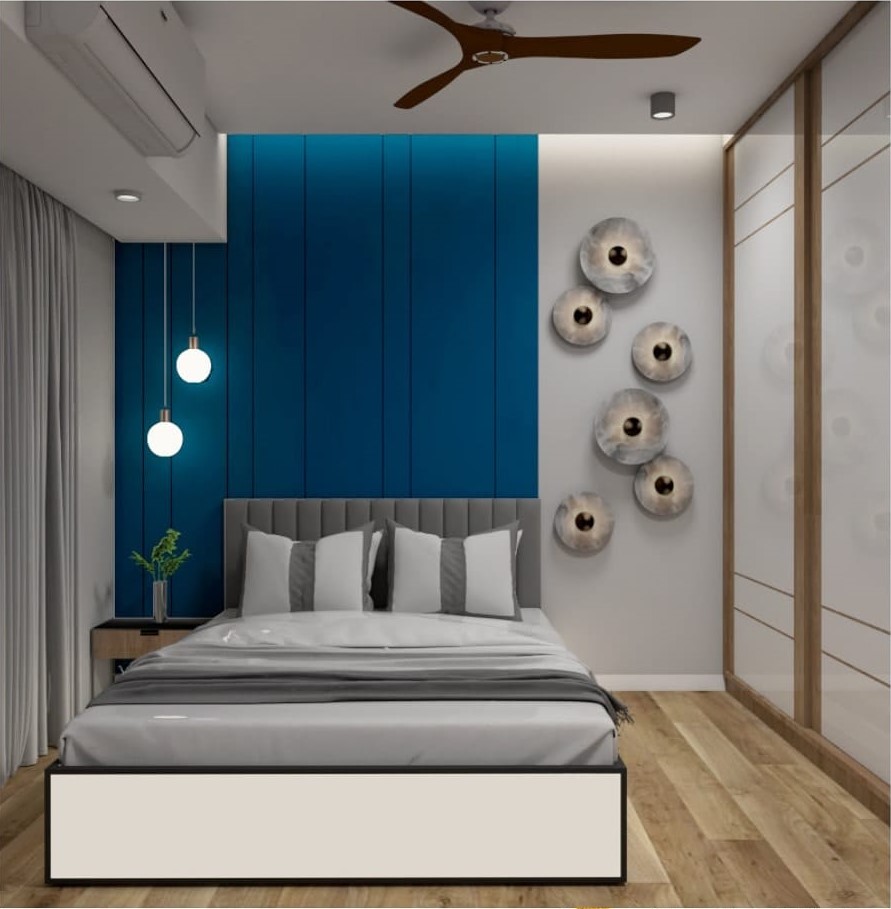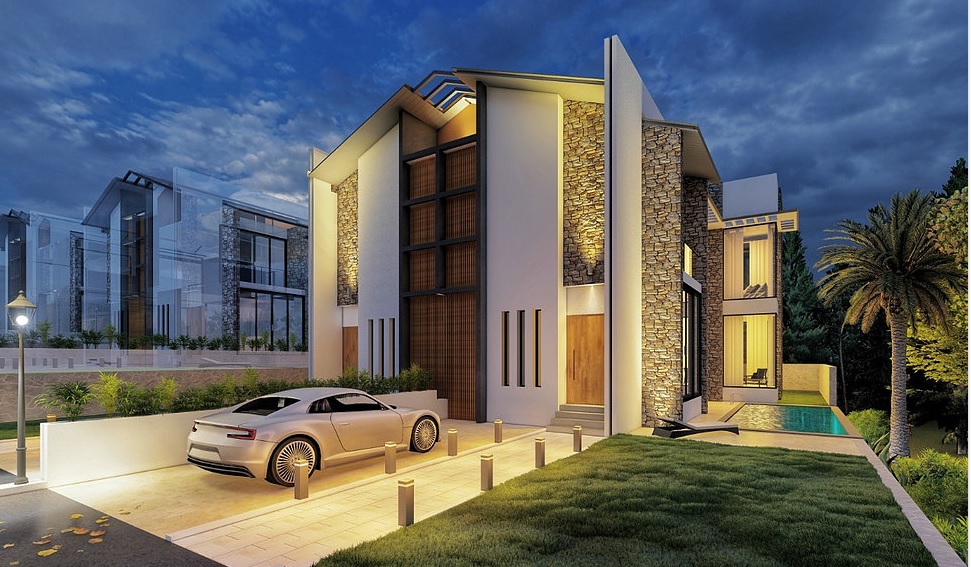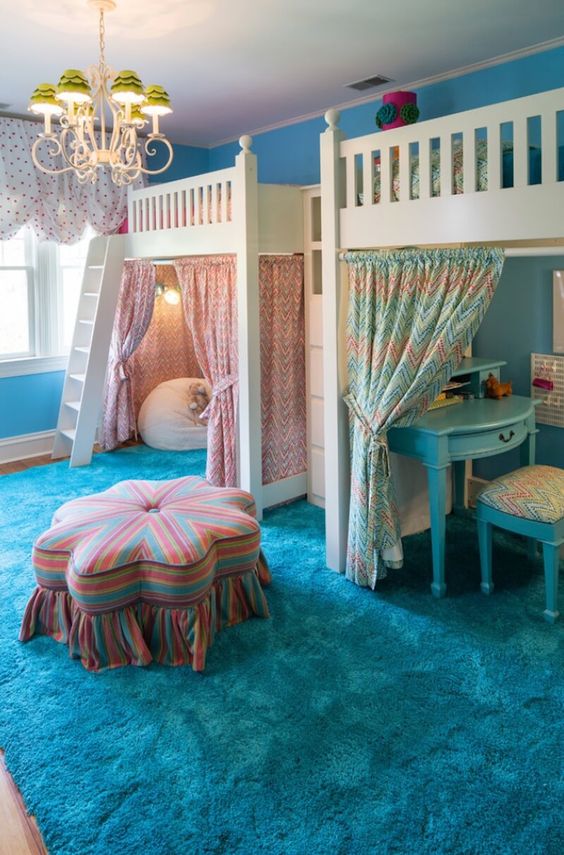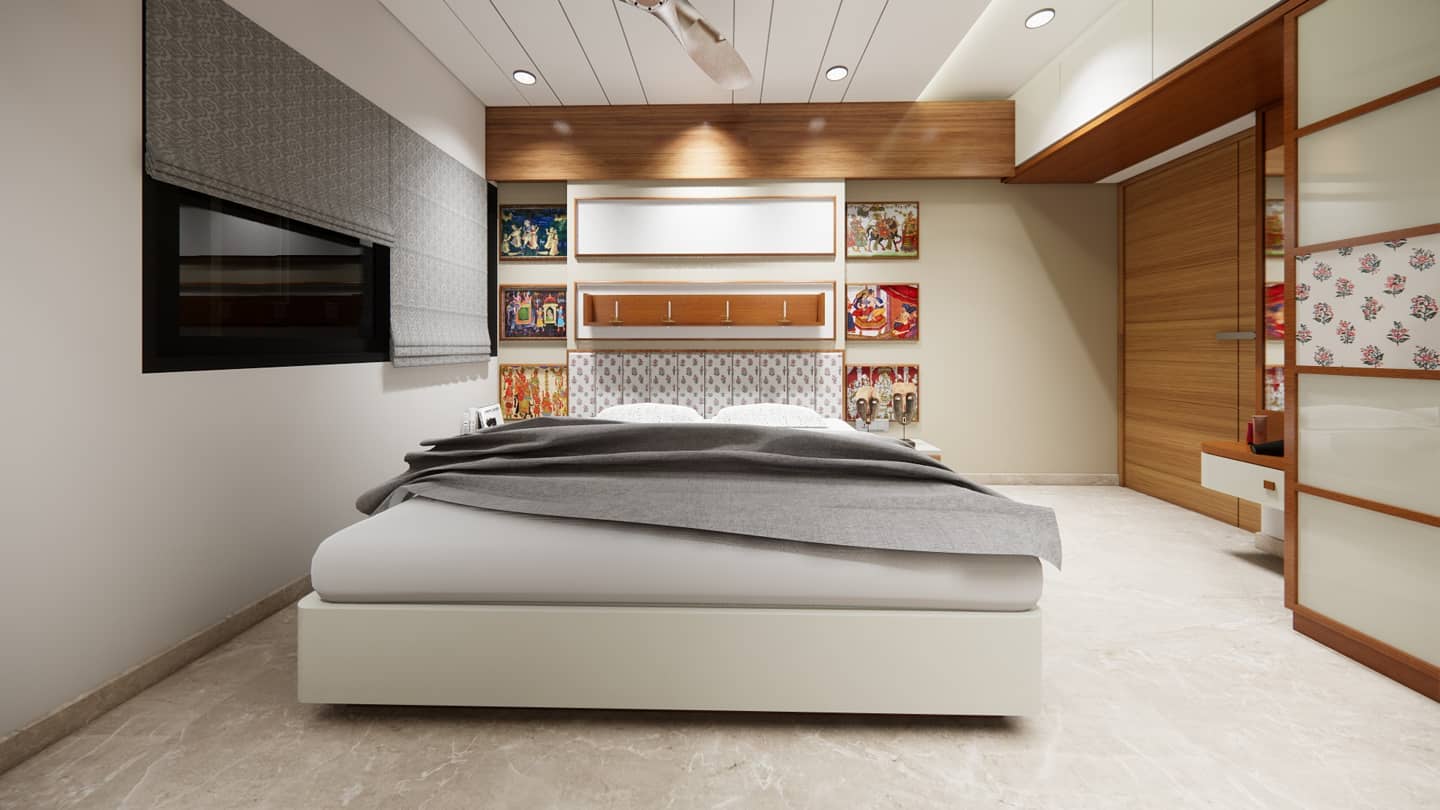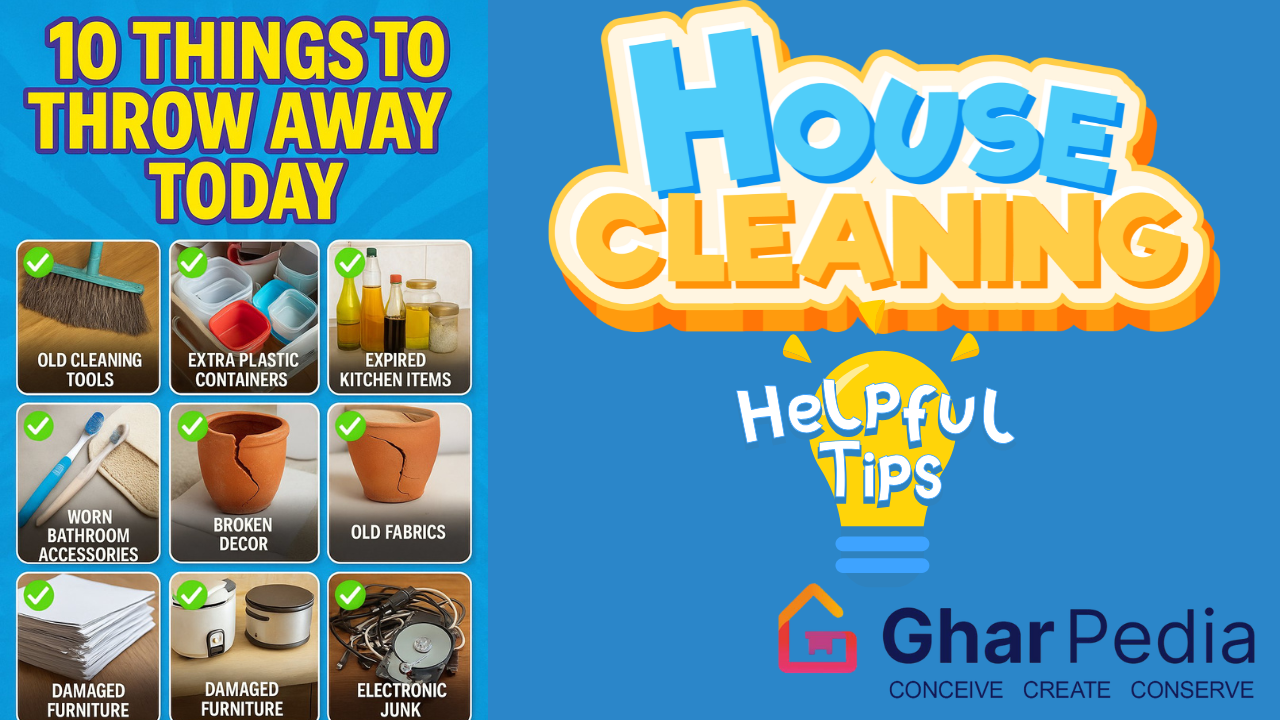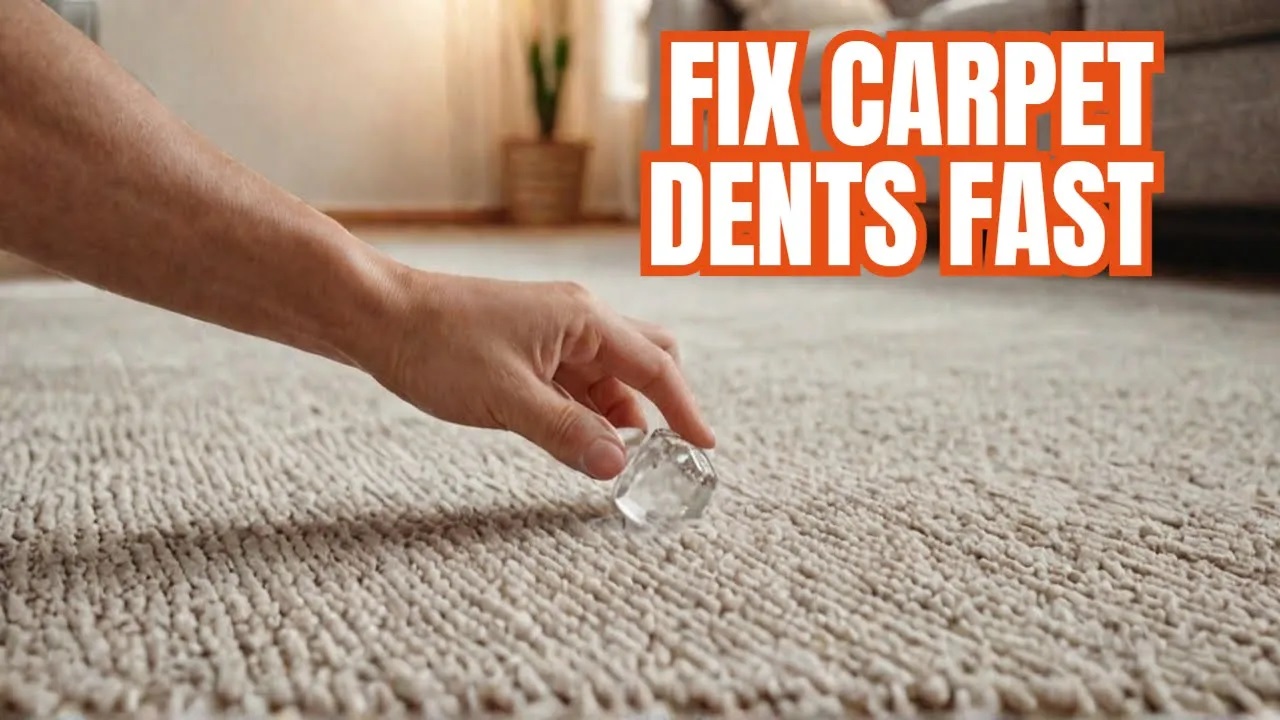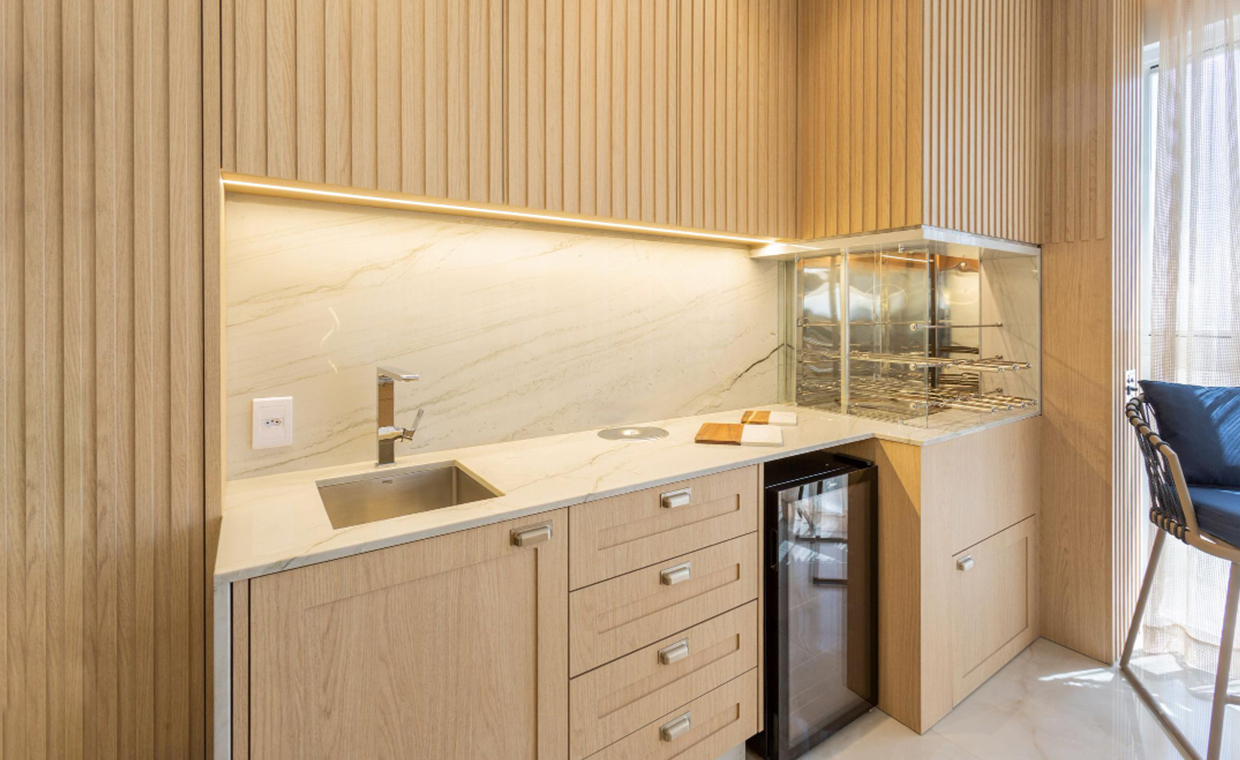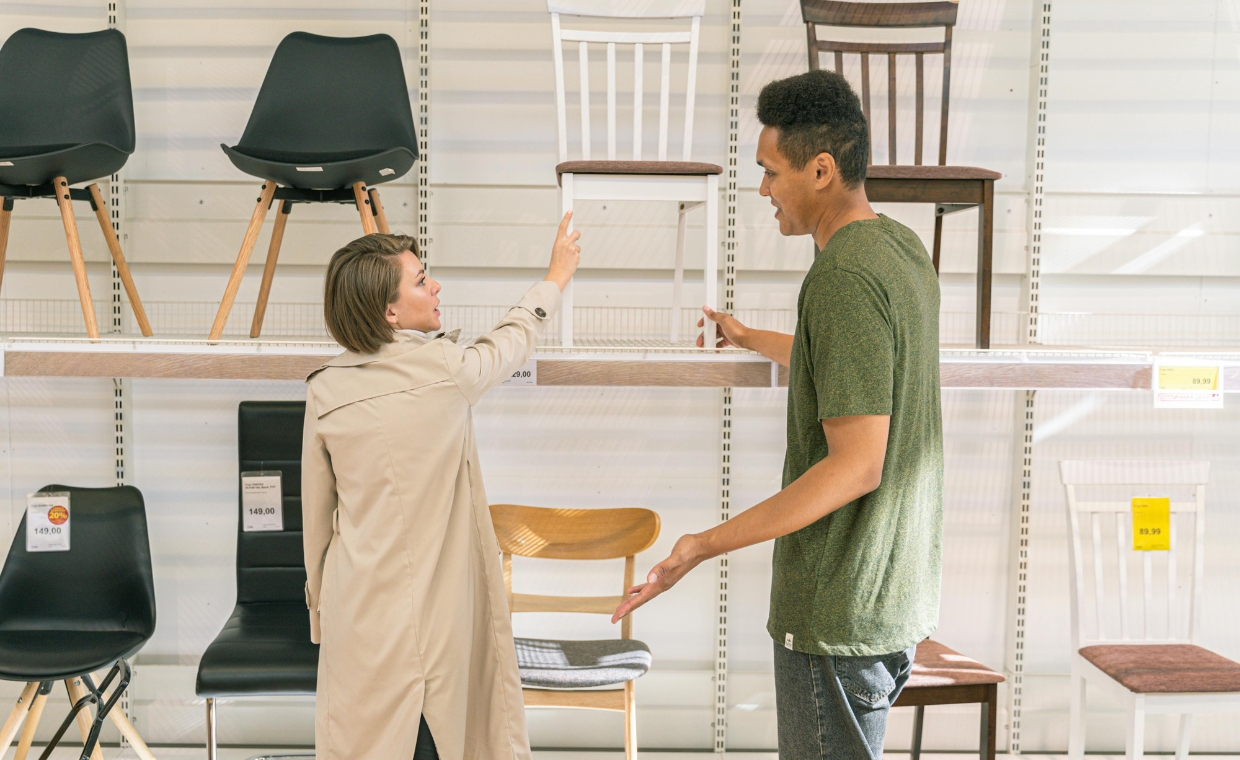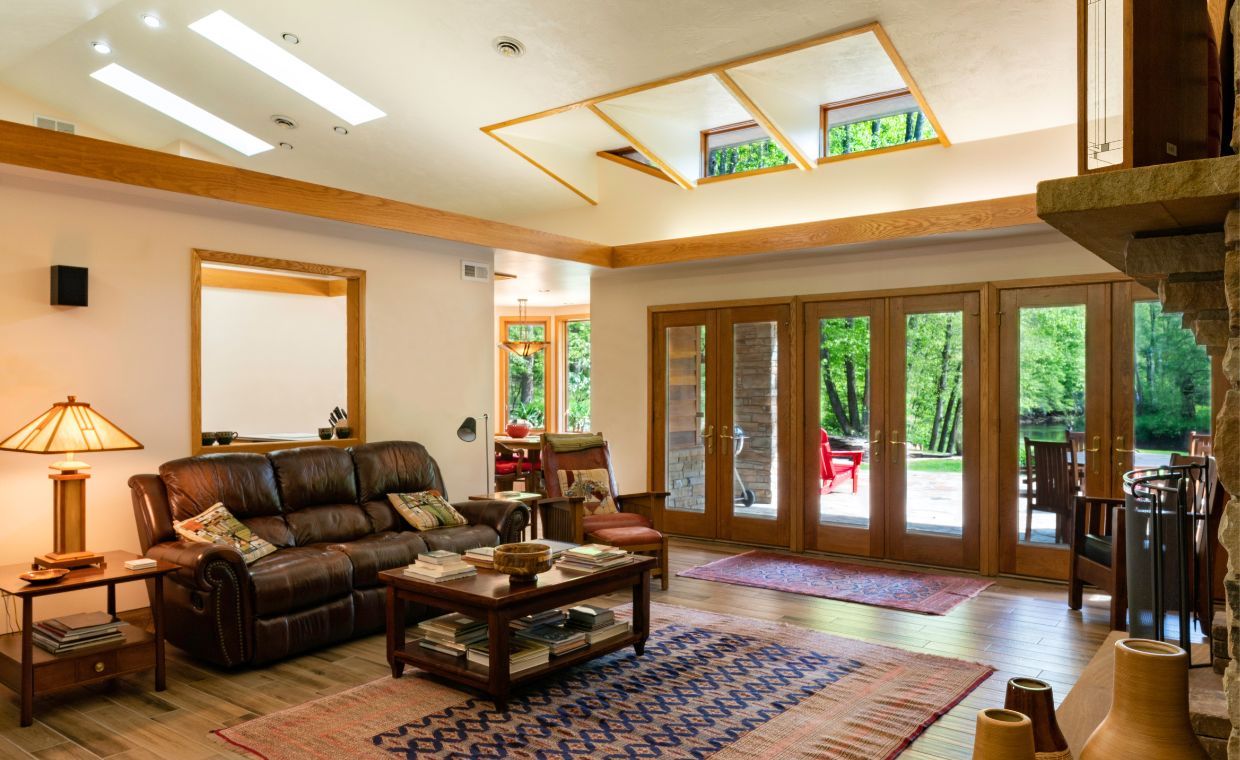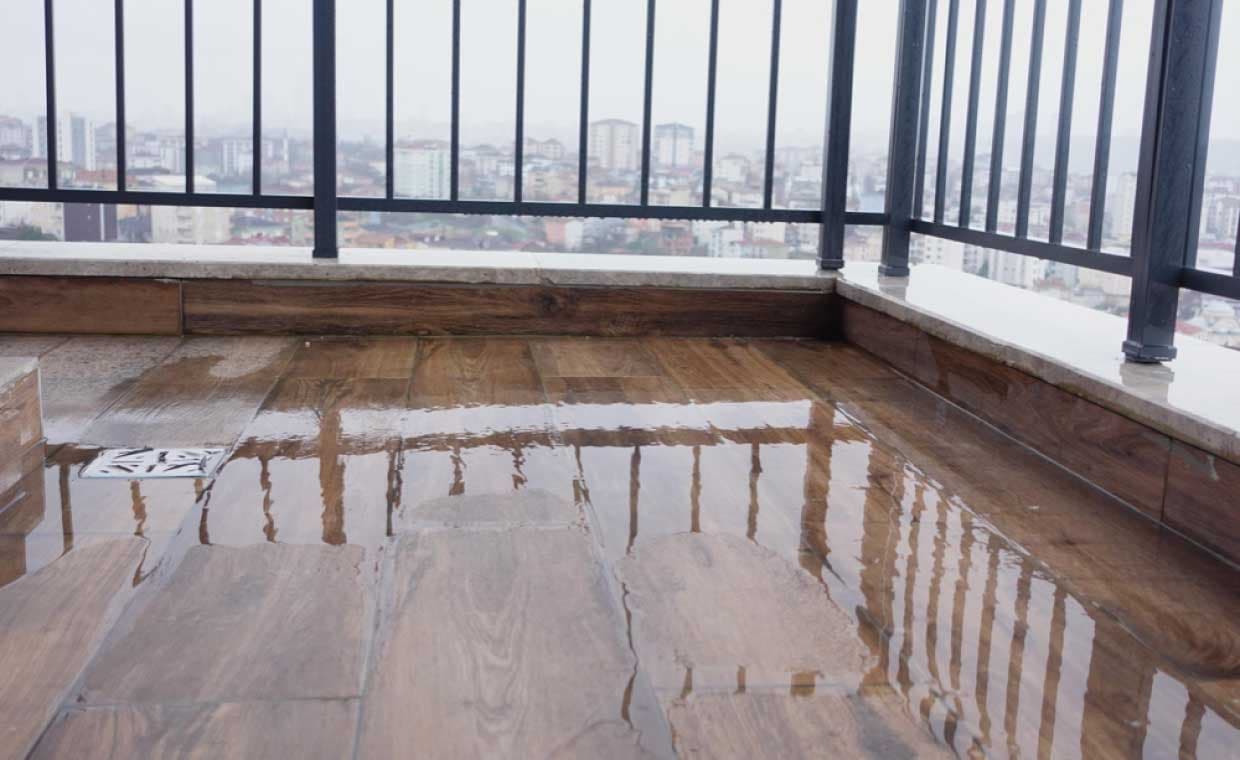
Table of Contents
Heavy rainfall during the monsoon season can wreak havoc on your home if you are not prepared, especially when it comes to flooring. Damp and muddy shoes and internal leaks can damage your floor, leading to costly repairs. That’s why choosing water-resistant flooring options is essential to keep your home functional throughout the monsoon. In this blog, we’ll discuss the best flooring for the rainy season that can help protect your floors. Let’s dive in.
Best Water-Resistant Flooring Options to Keep Your Home Monsoon-Ready
1. Natural Stone Flooring

Natural stone flooring, such as marble, granite and slate, is water-resistant and durable. It adds a natural texture and elegance to your home. Granite, for instance, is dense and impervious to water. Slate offers a naturally slip-resistant surface, making it a safer choice in wet conditions. Marble, though more porous, can be sealed to enhance its water resistance. Stone floors are easy to clean and maintain, contributing to a healthy living environment, making them a practical form of waterproof flooring.
2. Ceramic Tiles Flooring

As the ceramic tiles are made from natural clay, they are inherently more resistant to water. They are durable, easy to clean and low maintenance, making them an excellent choice for water-resistant flooring. Regular sweeping and mopping help maintain their original appearance over time. Being dense and non-porous, ceramic tiles remain unaffected by prolonged exposure to moisture, a common occurrence during the monsoon season. Therefore, they are considered one of the best floorings for the rainy season.
3. Vinyl Flooring

Vinyl flooring is one of the most popular water-resistant flooring options for the rainy season due to its long-term durability. It comes in the form of sheets, planks and tiles and replicates the look of natural materials. Among various types, water-resistant vinyl flooring stands out for its ease of maintenance and resistance to mould growth. Additionally, low-VOC vinyl reduces off-gassing, promoting better indoor air quality.
4. Laminate Flooring

Laminate flooring is a good option for waterproof flooring thanks to its moisture-resistant properties. It is easy to maintain and clean, making it ideal for wet areas. For optimal performance, choose high-quality, water-resistant laminate and clean it regularly to prevent mould and mildew growth. Laminate replicates the look of hardwood, stone, or even ceramic tiles, combining aesthetics with practicality during the monsoon season. For areas prone to dampness, water-resistant laminate flooring remains a top-rated and affordable solution.
5. Concrete Flooring

Concrete flooring is one of the oldest types of water-resistant flooring suitable for wet areas. It is highly durable and naturally resistant to water. It can be polished, stained or painted to achieve various finishes. Regular sweeping and mopping with water and mild soap helps keep concrete floors clean. Applying a sealant can further enhance its longevity and water resistance. Concrete floors stay dry with good waterproofing. If you want to know essential waterproofing tips, have a look at our blog Monsoon Tips For Home : Make Your Home Monsoon Ready
Conclusion
By choosing the right option from these water-resistant flooring types, you can protect your home’s flooring from the adverse effects of the monsoon. Proper care and maintenance can keep your flooring water-resistant during rainy days.
Also Read: Top Flooring Materials to Boost Your House Value
FAQs on Water-Resistant Flooring
1. How to Clean the Floor in the Rainy Season?
Regular mopping is essential during the rainy season to prevent accidental slips and maintain hygiene. Use high-quality floor cleaners to effectively remove stains and dirt.
2. Which is the Best Flooring Option for the Monsoon Season?
Materials with high-water resistant properties, like ceramic tiles, porcelain tiles and vinyl, are the best flooring options for the monsoon season.
3. How to Identify Monsoon-Related Damage on the Floor?
Look out for the following signs of monsoon-related damage:
- Floor dampness
- Mould growth
- Musty odours
- Peeling Paint
- Buckled tiles
- Moisture penetration





